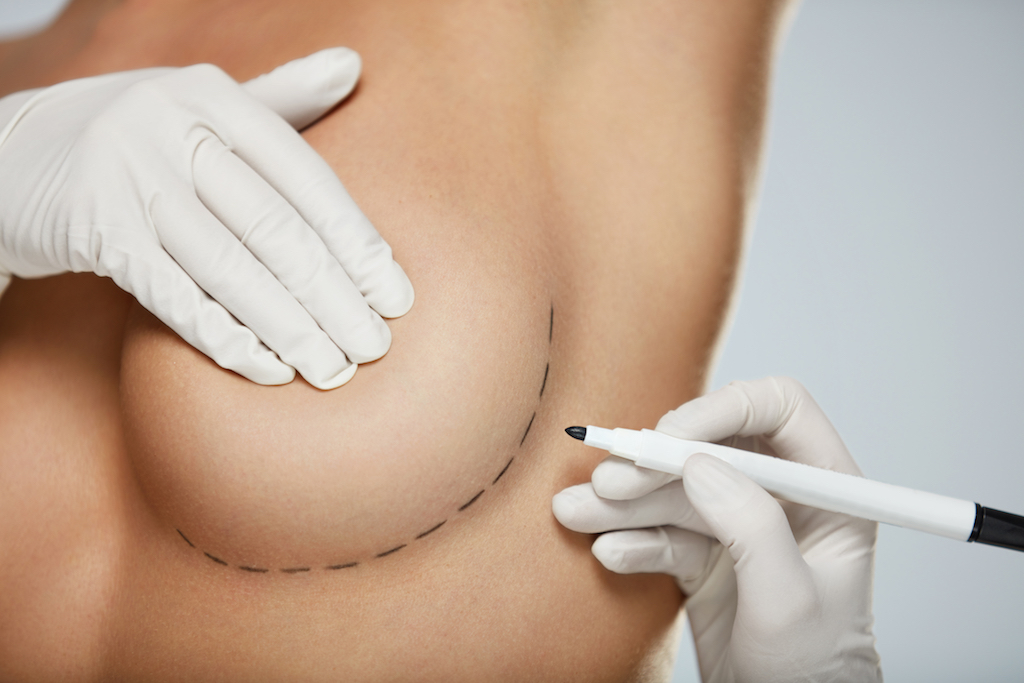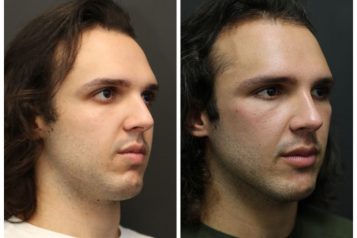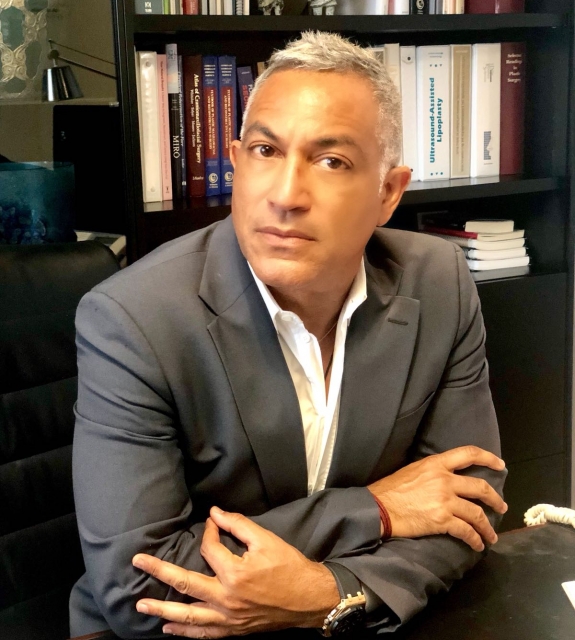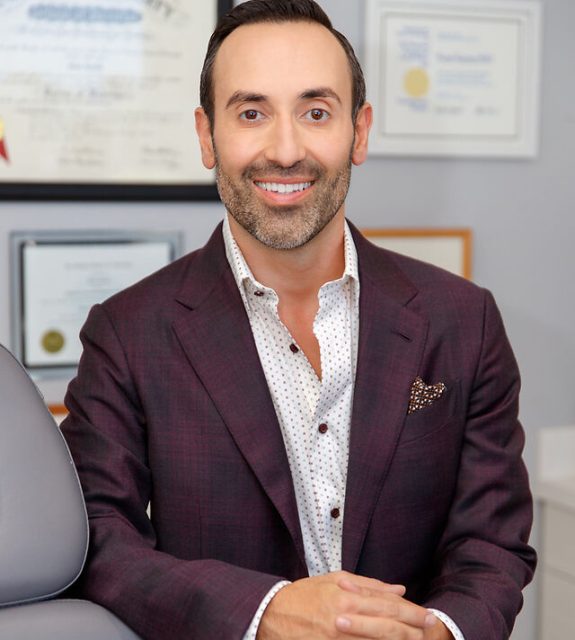
As the Founder and CEO of Newport Surgical Center, Dr. Milind Ambe is nationally renowned for having one of the top aesthetic surgery practices in Southern California. His practice has thrived at its Newport Beach location for 20 years and remains one of the busiest practices of any Board Certified Plastic Surgeon. Dr. Ambe and his multi-specialty surgical center have been featured in multiple television programs, magazines, newspapers and other national media coverage—a testament to his perfected skill, unparalleled experience, and excellent results. Haute Beauty sits down with Dr. Milind Ambe to learn more about the classic breast augmentation.
HB: What is a Breast Augmentation?
Breast augmentation is a surgical procedure to increase the fullness and projection of a woman’s breasts.
HB: How does a Breast Augmentation work?
First, a thorough consultation is performed to determine if a woman is a candidate for the surgery. Then it is a surgical procedure performed preferably by a Board Certified Plastic Surgeon with the patient under general anesthesia. A small incision is made, a pocket is created appropriately on the woman’s chest to help achieve the desired results, and an implant (silicone or saline) is placed in that pocket, preferably under the muscle.

HB: Who is the best candidate for this procedure?
The best candidate for this procedure is a healthy adult woman who has the desire to increase fullness to her breasts or correct volume loss from pregnancy and/or nursing.
HB: How does this treatment compare to others of the same nature?
Breast augmentation with a silicone or saline implant is far superior to add volume and fullness to a woman’s breast compared to fat (or other) injections.
HB: What does recovery look like?
Recovery for breast augmentation is relatively easy. We recommend no heavy lifting, exertion or exercise for two weeks following surgery. A patient can usually drive two to three days following the surgery as long as narcotics or mind-altering medication are not being taken. Patients can return to work after a few days if they have a desk-type job or one that doesn’t require heavy exertion.
























